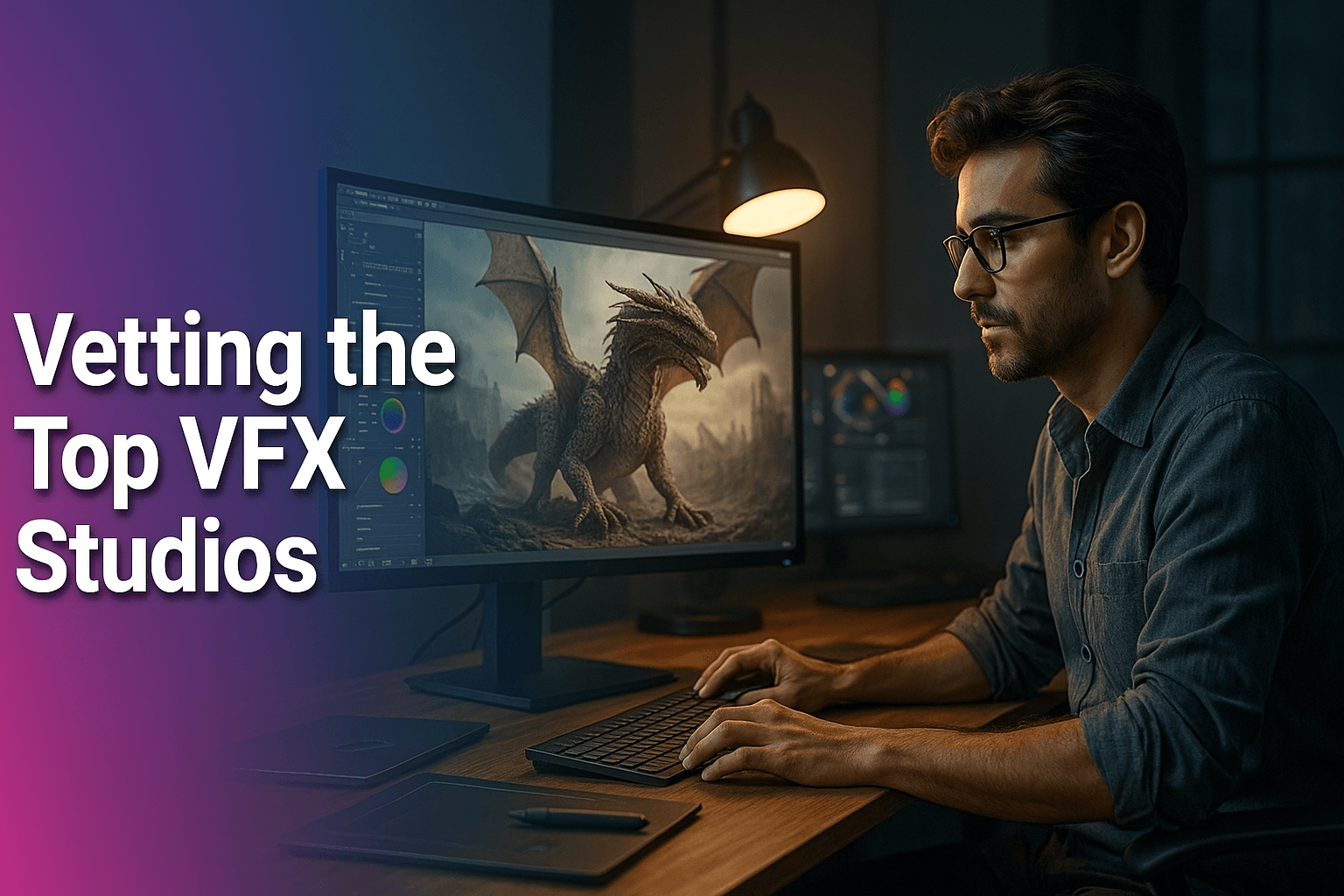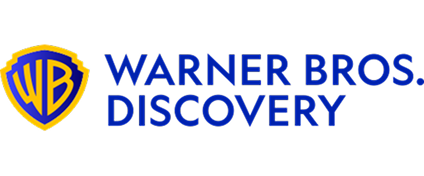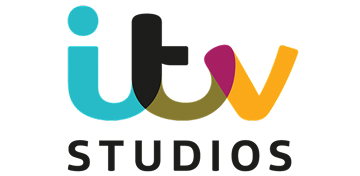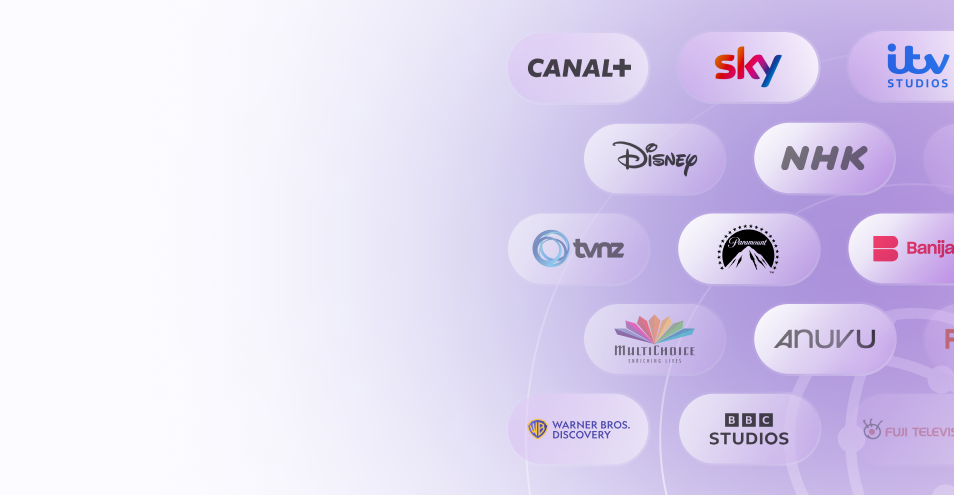The Essential Guide to Vetting the Top VFX Studios

Introduction
In my role as a content strategist, I frequently consult with senior executives in the global Media & Entertainment supply chain who are tasked with securing the right creative and technological partners for their tentpole projects.
A common challenge I observe is the over-reliance on a studio’s public reputation or a single project’s success when evaluating potential visual effects (VFX) partners.While a strong portfolio is a starting point, it is not a complete due diligence framework. What is often missing is a strategic, data-driven approach to de-risk these mission-critical partnerships.
Table of content
- The Strategic Imperative of Partnering with Elite VFX Studios
- Our Framework for Vetting VFX Partners
- The Definitive List of Top VFX Studios for 2025
- Moving Beyond the List: How to Discover Your Next VFX Partner
- How stg-vitrina-staging.kinsta.cloud Solves the VFX Vendor Discovery Problem
- Conclusion
- FAQs
Key Takeaways
| Core Challenge | Executives lack a data-driven framework for vetting and selecting the most suitable VFX studios, relying instead on public perception and static lists. |
| Strategic Solution | A structured due diligence framework based on a studio’s technological innovation, project history, financial stability, and global scalability is essential. |
| Market Reality | The global visual effects market is projected to grow to over $18 billion by 2033, making strategic partnership selection a key business driver. |
| Vitrina’s Role | Vitrina’s platform provides the deep intelligence required to move beyond static lists, offering real-time project tracking, detailed company profiles, and verified executive contact information. |
The Strategic Imperative of Partnering with Elite VFX Studios
The visual effects sector is no longer a post-production commodity; it is a fundamental pillar of modern content creation. It is a market of significant value and growth. According to a February 2025 report by IMARC Group, the global visual effects market was valued at $10.70 billion in 2024 and is projected to reach $18.75 billion by 2033, representing a compound annual growth rate (CAGR) of 6.43%. This growth is fueled by the increasing demand for high-quality content across theatrical releases, streaming platforms, and immersive media.
For a senior executive, the decision of which VFX partner to engage carries substantial financial and reputational weight. A misaligned partnership can lead to budget overruns, schedule delays, and a final product that fails to meet audience expectations. The challenge is magnified by the rapid pace of technological change, from the rise of virtual production and real-time rendering to the integration of generative AI into creative workflows.
The studios that are leading this innovation are the ones that must be on your radar. The key is to have a systematic approach to identify them and understand their true capabilities beyond their most famous projects.
Our Framework for Vetting VFX Partners
Before any contact is made, a rigorous due diligence process is required. My analysis has identified a four-pillar framework that media leaders can use to evaluate potential VFX partners. This goes beyond a simple list of past work and delves into the operational and strategic competencies that truly matter for a high-stakes project.
First, evaluate a studio’s Technological Innovation. This is not merely about owning the latest software but about pioneering new workflows.
Are they leaders in virtual production with LED volumes?
Have they developed proprietary tools for digital humans or fluid simulation?
A forward-thinking studio mitigates risk and can deliver results that push creative boundaries. For example, ILM’s Stage Craft has redefined how live-action and digital assets are integrated on set. This kind of innovation signals a studio’s strategic vision.
Second, assess their Project Track Record & Specialization. Look at their full body of work, not just their most celebrated films.
Does a studio have a proven track record of handling high-volume episodic content for a streamer?
Are they known for a specific type of work, such as photoreal animals, complex destruction sequences, or character animation?
The right partner will have a track record that directly aligns with your project’s unique demands.
Third, consider their Global Reach & Scalability. The M&E supply chain is global. A studio with facilities in multiple territories can offer tax incentives and access to a diverse talent pool.
Can they scale their teams to meet tight deadlines on a large-scale production?
Do they have a clear pipeline for multi-studio collaboration? A studio’s geographic footprint and operational scale are critical to a project’s logistical success.
Finally, examine their Financial Stability & Deal History. A studio’s financial health is a direct indicator of its reliability.
What is their ownership structure?
What is their reputation in the market?
A studio’s deal history can reveal its preferred co-production models and financial flexibility. This information is difficult to source, but it is essential for a complete risk assessment.
The Definitive List of Top VFX Studios for 2025
Based on the framework above, my analysis has identified a group of leading VFX studios that consistently demonstrate a blend of artistic vision and technological mastery. While this list is not exhaustive, it represents a sample of the organizations that are defining the future of visual storytelling.
Industrial Light & Magic (ILM)
Founded by George Lucas, ILM is widely regarded as the institution that invented much of the modern VFX vernacular. The company remains at the forefront of the industry, not just through its groundbreaking work on projects like the Marvel cinematic universe and the Star Wars saga, but also through its pioneering technological ventures, most notably its virtual production tool, StageCraft. For an executive, engaging ILM is a de-risking strategy for a tentpole project, as they represent the gold standard in innovation, reliability, and seamless pipeline integration.
Weta FX
Based in New Zealand, Weta FX (formerly Weta Digital) earned its reputation through its work on The Lord of the Rings trilogy and the Avatar franchise. The company is celebrated for its photorealistic digital characters, complex environmental builds, and innovative approach to performance capture. Weta FX’s long-standing relationship with visionary directors and its consistent delivery of stunning, large-scale visual work places it at the apex of the industry. Its reputation is built on a legacy of groundbreaking artistry.
DNEG
DNEG has solidified its position as a dominant force in the industry, building a reputation on breathtaking photorealism and a staggering run of Academy Award wins. The studio’s strength lies in its ability to ground fantastical concepts in tangible reality, making it a preferred partner for visionary directors. Its global network of studios and its consistent work on high-stakes projects like Christopher Nolan’s films and the latest season of Stranger Things demonstrate its scale and creative excellence. The company’s recent focus on animation and virtual production further diversifies its capabilities.
Framestore
For over three decades, Framestore has been a leader in creating stunning visual effects for film, television, and advertising. Known for its work on the Harry Potter franchise, Gravity, and various Marvel films, the company has a proven track record of bringing complex visual concepts to life. Framestore’s deep expertise in creature animation, digital matte painting, and its integrated pipeline make it a reliable partner for projects that demand a high level of artistry and technical precision.
Digital Domain
Digital Domain has a rich history of technological innovation, including pioneering the creation of believable “digital humans.” The studio’s work on projects like The Curious Case of Benjamin Button and Ready Player One showcases its ability to push the boundaries of digital performance and facial animation. Beyond film, Digital Domain has expanded into immersive experiences, demonstrating its strategic commitment to a wide range of emerging platforms.
MPC (Moving Picture Company)
MPC is an internationally recognized VFX studio, particularly celebrated for its work on photo-realistic animal animation and environmental builds. Their work on films such as The Jungle Book and The Lion King set a new standard for CGI realism. With a strong global presence and a history of delivering on large-scale, complex projects, MPC is a key partner for studios looking to create visually stunning worlds and characters.
Rodeo FX
As a key player in high-end episodic content, Rodeo FX has made a name for itself through its Emmy-winning work on series like Game of Thrones and its contributions to films such as Blade Runner 2049. The company’s ability to handle intricate and demanding visual effects for both film and television has made it a go-to partner for major studios and streamers. Rodeo FX is a clear example of a studio that has strategically capitalized on the streaming content boom.
Prime Focus
With its headquarters in Mumbai, Prime Focus is a global leader in VFX, post-production, and 3D conversion. The company’s work on films like Avatar and its pioneering role in converting 2D films to 3D have positioned it as a critical component of the global VFX supply chain. Prime Focus represents the growing influence of non-Western markets in the M&E industry and its capacity to deliver on a massive scale for both international and local productions.
Moving Beyond the List: How to Discover Your Next VFX Partner
A static list, no matter how authoritative, is a snapshot in time. The market is dynamic, with emerging studios, new talent, and shifting industry alliances. For a media executive, the true challenge is not finding the top ten players but discovering the right partner for a specific project.
This requires a deeper level of intelligence that traditional research methods cannot provide. My work has shown that the most successful executives rely on a continuous, data-driven approach to market intelligence to stay ahead of the curve.
This is where the manual process of building your business development pipeline becomes inefficient. The fragmented nature of the market means that valuable information—from a studio’s current slate of projects to its key decision-makers—is scattered and often out of date. Sourcing this information manually is not a scalable business practice.
The competitive landscape demands that you have real-time visibility into the entire ecosystem, allowing you to discover new, specialized partners, not just the names everyone already knows.
How stg-vitrina-staging.kinsta.cloud Solves the VFX Vendor Discovery Problem
stg-vitrina-staging.kinsta.cloud is a business intelligence platform built to eliminate the information asymmetry in the M&E supply chain. It is a single, centralized source of verified data designed to empower executives to make strategic decisions. Vitrina addresses the specific pain points of discovering and vetting VFX partners by providing:
- Unprecedented Visibility: Vitrina tracks over 75,000 M&E companies and their projects globally. This allows you to identify emerging VFX studios in a specific region or those that specialize in a niche genre, giving you a competitive advantage in a crowded market.
- Verified Company & Executive Profiles: The platform contains detailed, data-rich profiles for companies and over 3 million executives. You can quickly map a studio’s ownership, project history, key collaborators, and track record. This provides the deep due diligence required to select a trustworthy partner.
- Real-Time Project Tracking: Vitrina’s Film+TV Projects Tracker follows projects from development through production and release. You can see which studios are working on which projects in real-time, providing an early warning on market trends and allowing you to find new partners before your competition does.
Conclusion: From Pitch to Partnership
The selection of a VFX partner is a high-stakes decision that requires a sophisticated, data-driven approach. A reliance on static lists or public acclaim is no longer sufficient in a market defined by rapid innovation and global competition. The most successful executives are those who move beyond a reactive stance and build a proactive strategy for sourcing, vetting, and engaging with creative partners.
As the visual effects market continues its robust growth, the ability to identify the right partner—whether a global titan or an emerging specialist—will be a key differentiator. The future of M&E production is about leveraging intelligence to make smarter, faster, and more informed decisions. It is about transforming the manual, time-consuming process of partner discovery into a strategic advantage.
Frequently Asked Questions
A strategic approach to choosing a VFX studio involves assessing four key pillars: technological innovation, project track record, global reach, and financial stability. It is essential to align the studio’s specialized capabilities with the unique demands of your project to mitigate risk and ensure a successful partnership.
Large, global VFX studios like ILM or DNEG have the scale, infrastructure, and financial resources to handle blockbuster-level projects. Boutique studios, on the other hand, are often more agile, highly specialized in a particular type of effect (e.g., fluid simulation), and may offer a more personalized approach for smaller or niche projects.
Current trends in the VFX industry are dominated by the adoption of new technologies. These include the widespread use of virtual production with LED walls, the integration of generative AI to streamline complex workflows, and the continued growth of real-time rendering using gaming engines for both film and episodic content.















































